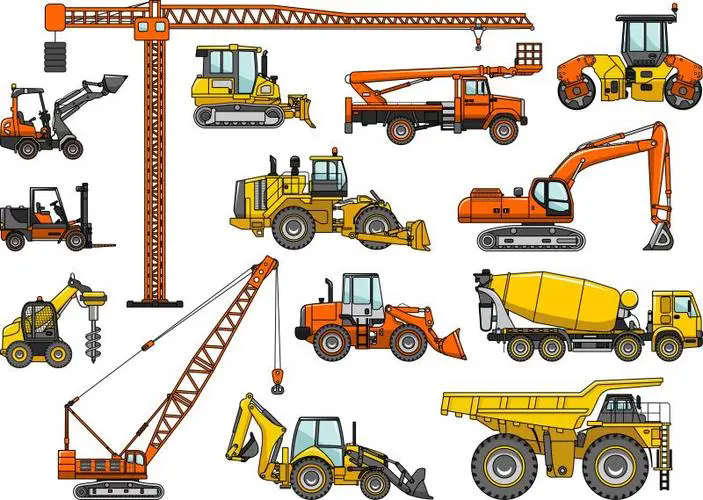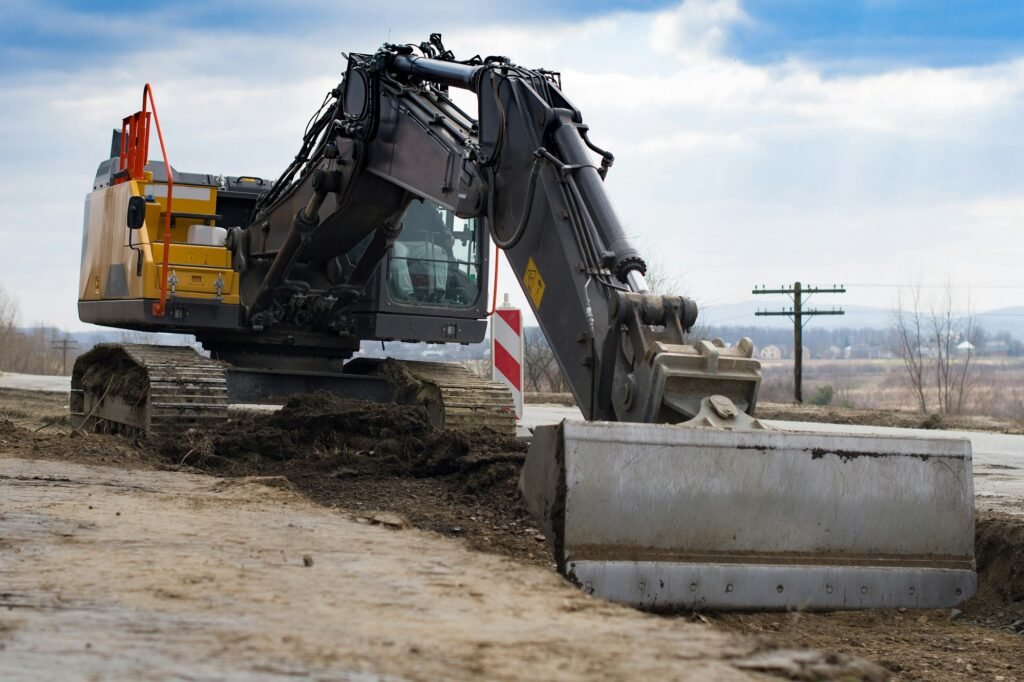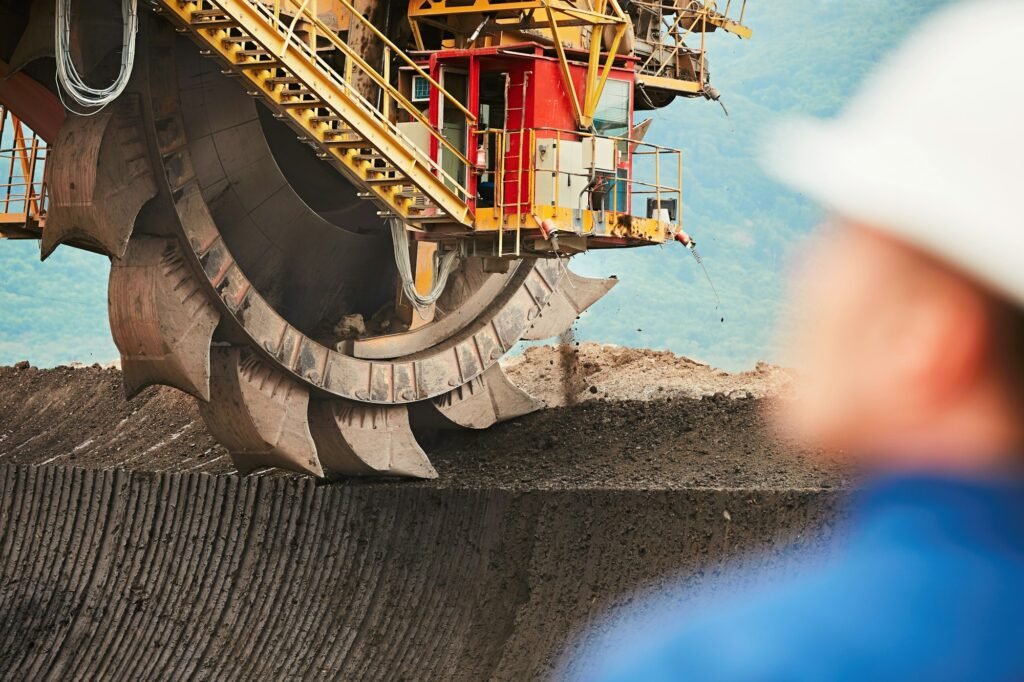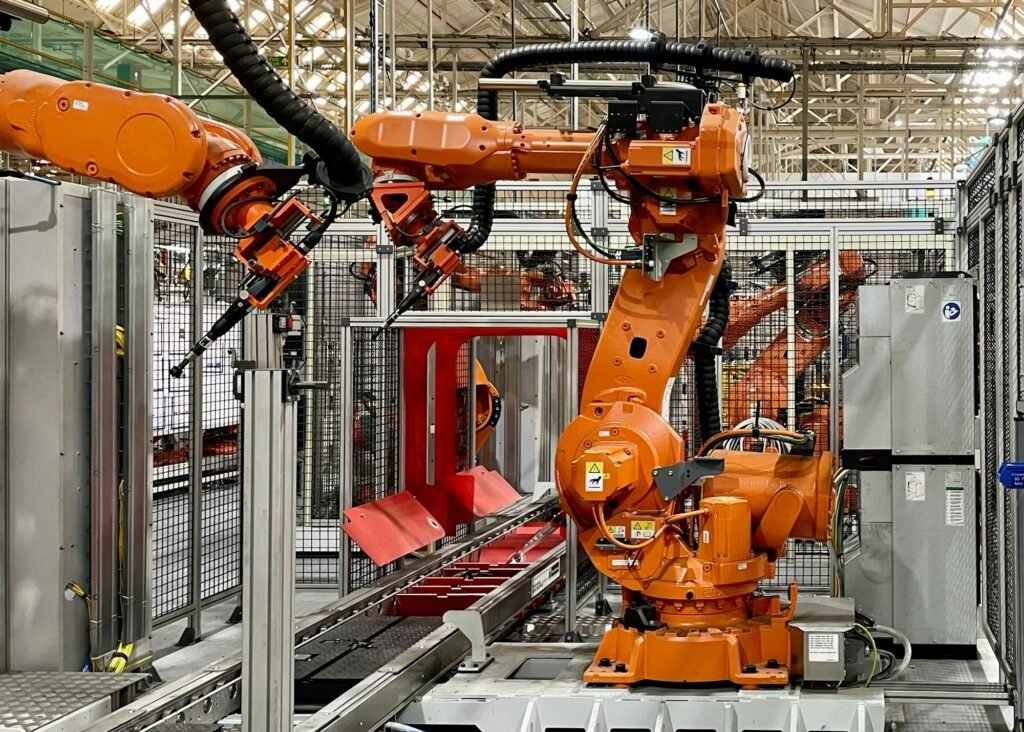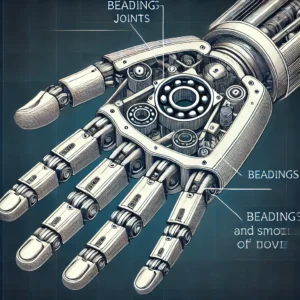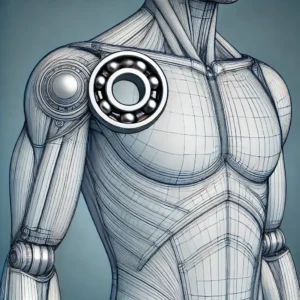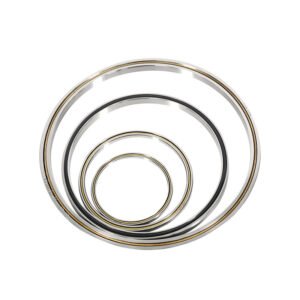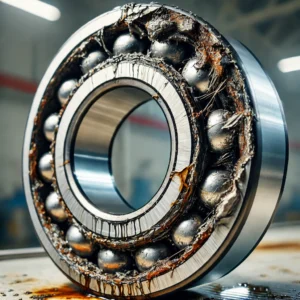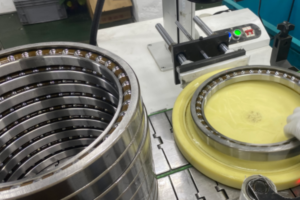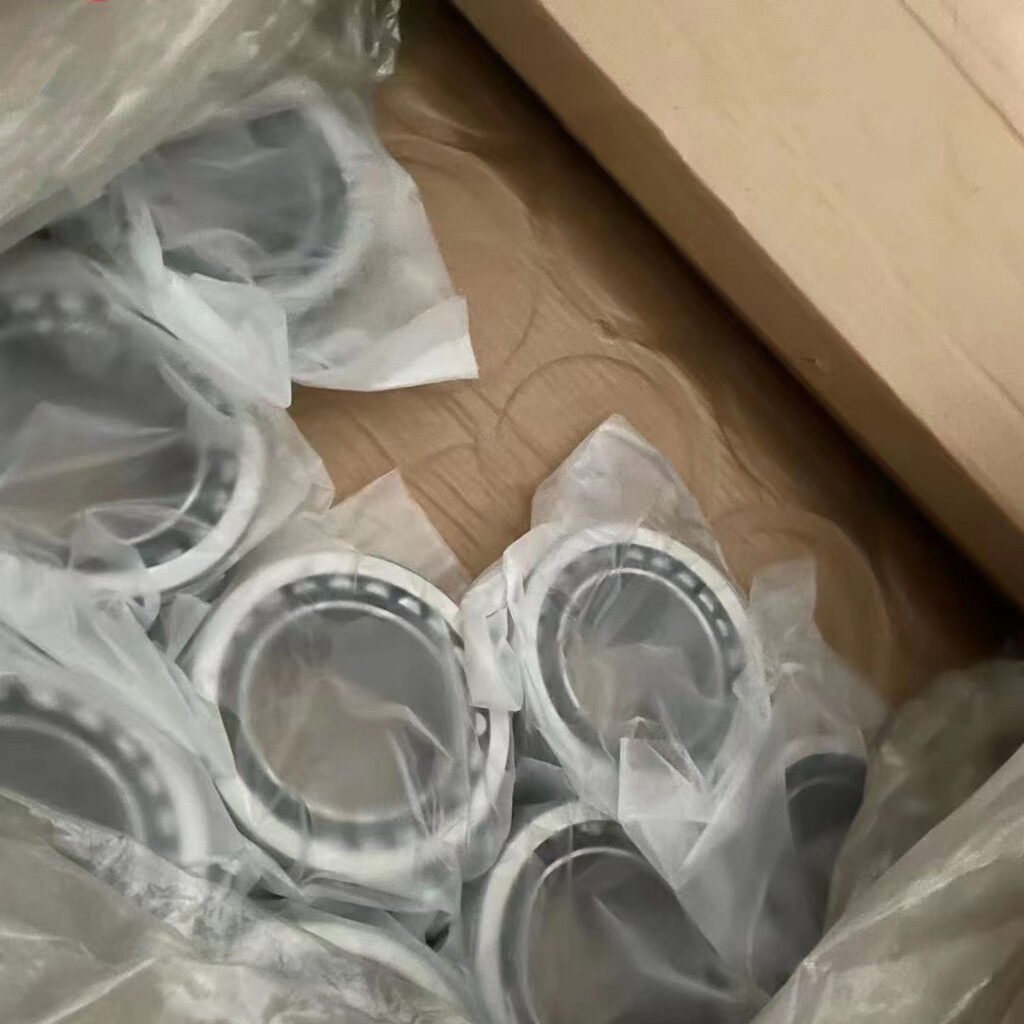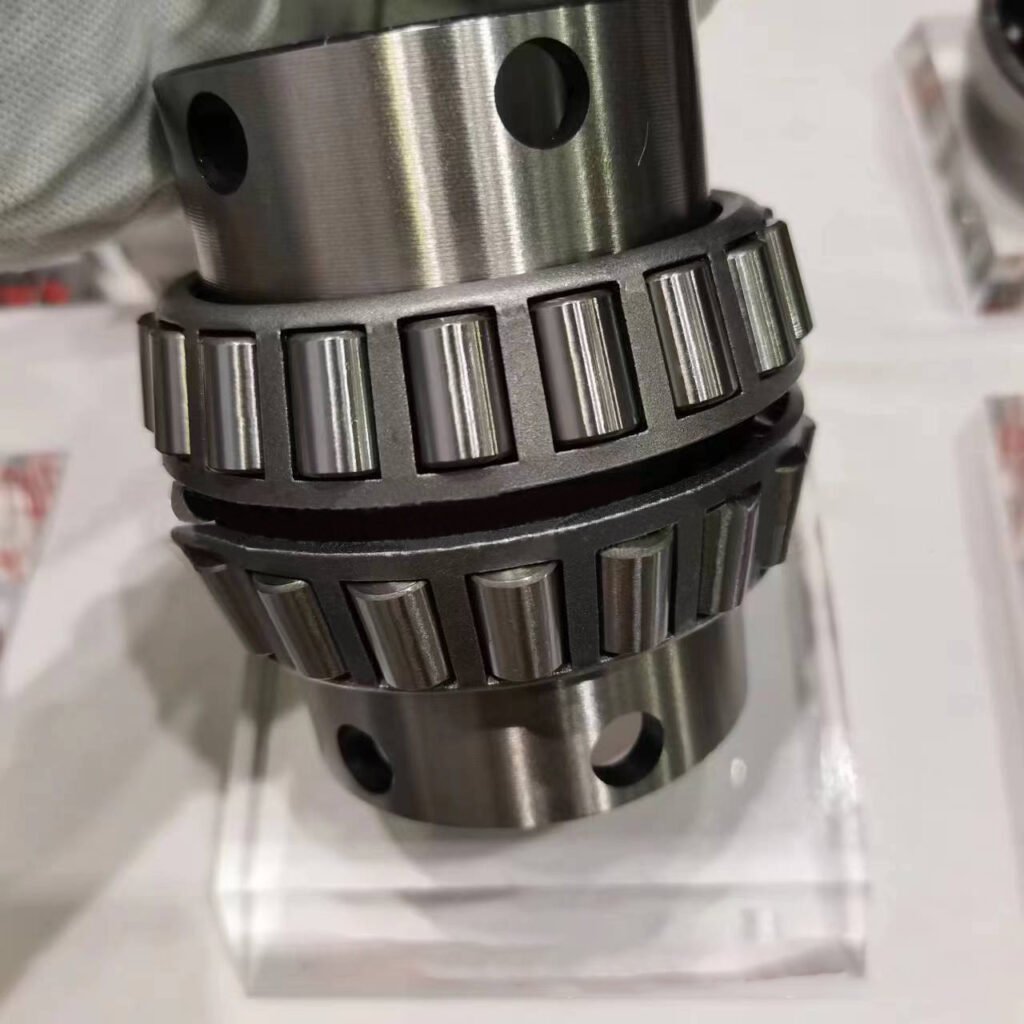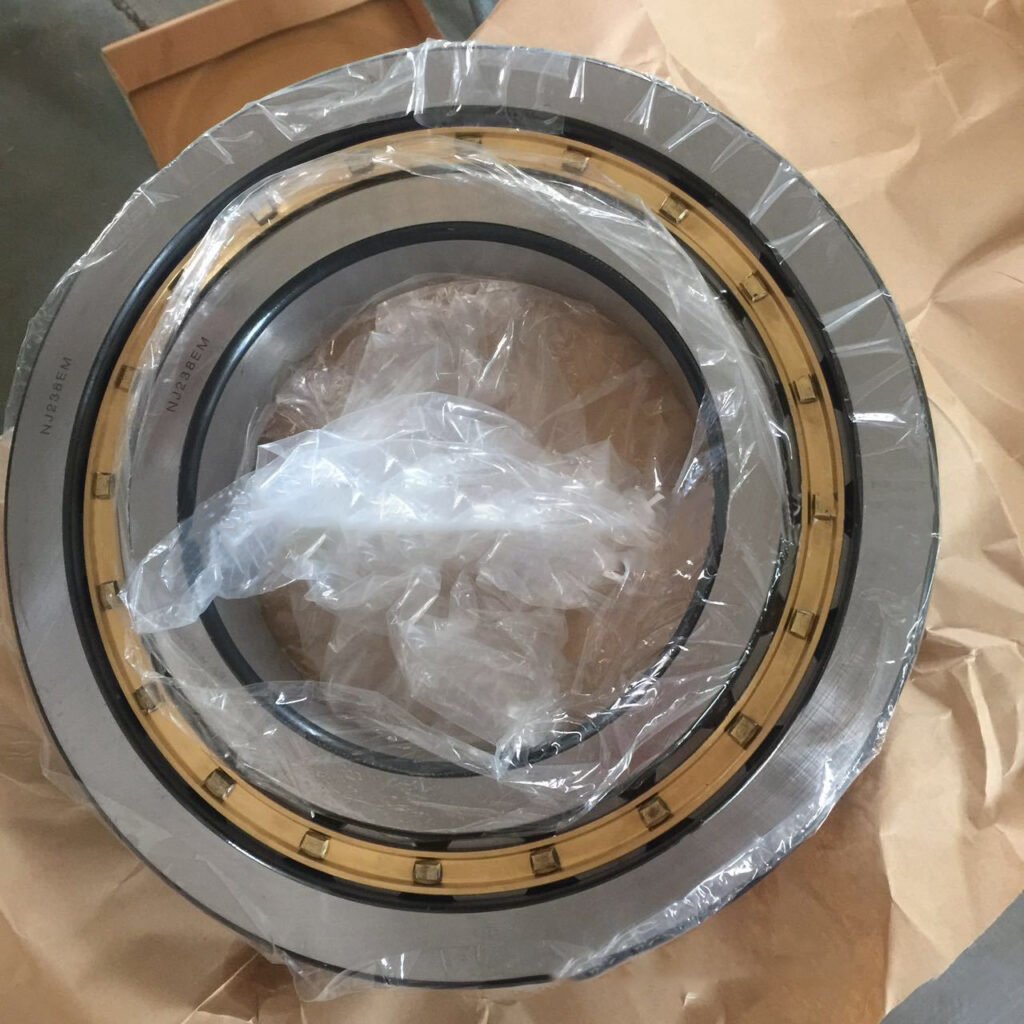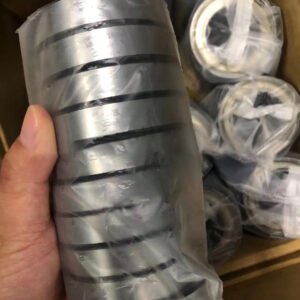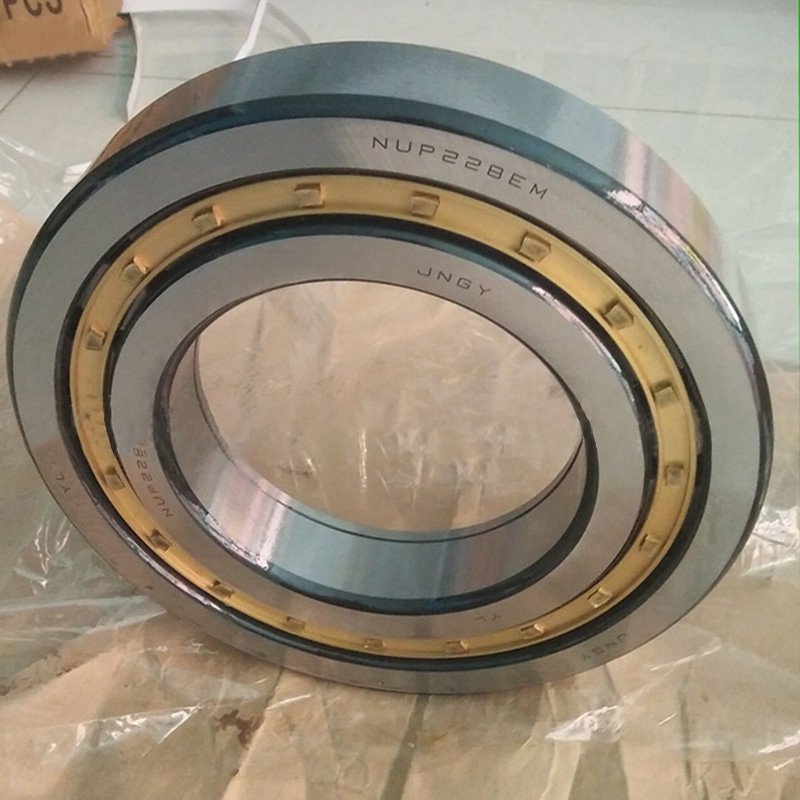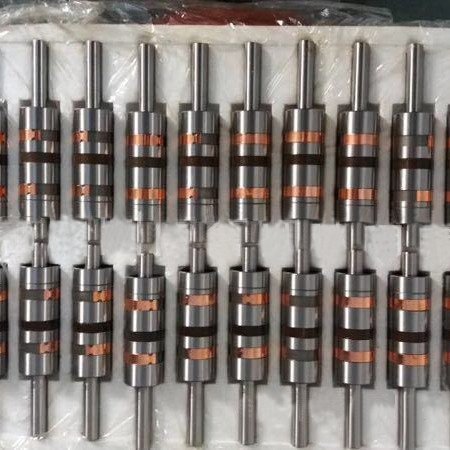Sealed bearings are essential components in various machinery, from motors and automotive applications to industrial machines. Their design allows them to operate efficiently while being protected from contaminants such as dust, water, and chemicals. However, even sealed bearings can wear out over time due to various factors. Understanding the factors that influence their lifespan and knowing how to prevent premature failure is crucial for extending their service life and maintaining optimal performance. In this article,VKUKEN will explore what sealed bearings are, the factors that affect their longevity, and preventive measures to help ensure they last longer.
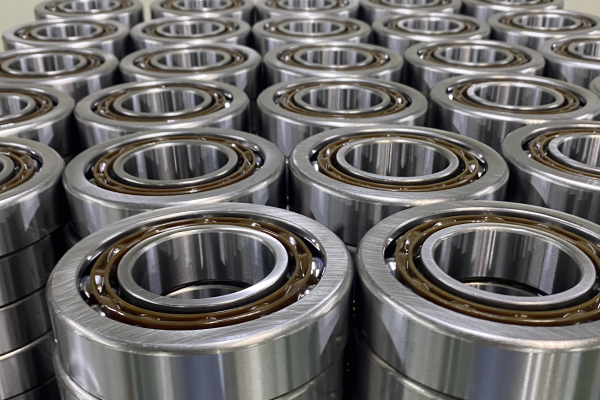
What is a Sealed Bearing?
A sealed bearing is a type of bearing designed with a protective covering (seal) around its outer edges to prevent contamination from external elements like dust, dirt, moisture, and other debris. These bearings are commonly used in environments where bearings are exposed to harsh conditions or when maintenance access is limited.
Unlike open bearings, which require regular lubrication, sealed bearings are pre-lubricated with grease or oil and are sealed to retain this lubrication, thus reducing the need for frequent maintenance.
2.1 What is the Structural Design Principle of a Sealed Bearing?
The design of a sealed bearing combines the internal components of a standard bearing, such as balls or rollers, with a protective seal to ensure that the internal lubricant remains inside while preventing external contaminants from entering. The structure typically consists of the following:
– Inner race: The part that fits on the rotating shaft.
– Outer race: The part that fits into the housing or casing of the equipment.
– Rolling elements: Balls or rollers that allow smooth rotation between the inner and outer races.
– Seal: A rubber or metal ring that prevents the ingress of contaminants while retaining the lubricant. The seal can be a single or double design depending on the application.
The bearing is often pre-filled with grease or oil that is designed to last for a long period, reducing friction between the moving parts and enhancing overall efficiency.
2.2 How Many Hours is the Design Life of a Sealed Bearing?
The design life of a sealed bearing is typically specified in hours of operation or rotation cycles, often calculated by its L10 life. This is the number of hours at which 90% of bearings in a sample will still be operational without failure under specified load and speed conditions.
For most sealed bearings, the design life generally ranges from 20,000 to 100,000 hours, depending on the application and operating conditions. However, it’s important to note that the actual service life may vary based on factors like operating speed, load, temperature, and external environment.
What Are the Factors That Affect the Service Life of a Sealed Bearing?
Several factors can influence how long a sealed bearing will last. Understanding these factors helps in identifying potential issues early and mitigating the risk of premature bearing failure.
1. Operating Temperature
High temperatures can cause the lubricant inside the bearing to break down more quickly, reducing its effectiveness and causing the bearing to wear out faster. Prolonged exposure to extreme heat can also affect the integrity of the seal itself.
2. Load and Pressure
Excessive load or pressure on the bearing can lead to increased wear and tear, as the rolling elements may not be able to handle the stress. Bearings that are under high load conditions will experience higher levels of friction, leading to faster degradation.
3. Speed of Operation
Operating speed also plays a key role. Bearings that rotate at high speeds generate more heat and friction, which can reduce the bearing’s lifespan if not properly managed. On the other hand, extremely low speeds may lead to insufficient lubrication, increasing the risk of corrosion.
4. Lubrication Quality
The type and quality of the lubricant inside the bearing directly affect its performance. Low-quality or degraded lubricants may not be able to reduce friction or protect the bearing from corrosion, accelerating wear.
5. Contamination
Even though sealed bearings are designed to prevent contaminants from entering, external factors such as seal degradation or incorrect installation can lead to contamination. Dirt, water, and chemicals can cause corrosion or cause the bearing to seize up prematurely.
6. Environmental Conditions
The operating environment plays a critical role. Bearings exposed to harsh conditions like high humidity, chemicals, or heavy dust may wear out faster. Additionally, vibrations and shock loads from external sources can negatively affect the bearing’s service life.
What Are the Preventive Measures?
To extend the service life of sealed bearings, several preventive measures can be taken:
1. Maintain Optimal Operating Temperatures
Ensure the motor or equipment is not operating at temperatures beyond the recommended range. Consider using cooling systems or heat shields to regulate temperature.
2. Avoid Overloading
Ensure that the load on the bearing does not exceed the manufacturer’s recommended limits. Proper alignment and balance of equipment can reduce excessive load and prevent premature failure.
3. Choose the Right Lubricant
Use high-quality lubricants suitable for the operating conditions of the bearing. Regularly check the condition of the lubricant and replace it if necessary.
4. Regular Inspection and Monitoring
Perform periodic inspections to detect early signs of wear, such as increased noise, overheating, or vibration. Monitoring the bearing’s performance can help identify issues before they lead to failure.
5. Seal Integrity
Ensure that the seal on the bearing remains intact. Over time, seals can wear out, and their failure can allow contaminants to enter. If the seals are damaged, replace them promptly to prevent further damage.
6. Control Environmental Factors
Keep the bearing environment clean and dry. Use protective covers or enclosures to shield bearings from dust, moisture, and other contaminants. For extreme environments, consider bearings with specialized seals or coatings to provide additional protection.
Conclusion
The service life of a sealed bearing is influenced by several factors, including temperature, load, speed, lubrication, contamination, and environmental conditions. By understanding these factors and following preventive measures such as proper temperature control, regular maintenance, and ensuring seal integrity, the lifespan of sealed bearings can be significantly extended. This not only ensures reliable performance but also reduces the costs associated with premature bearing failure and downtime.

